How Far Do Baby Monitors Reach ?
The range of baby monitors can vary depending on the model and the environment in which they are used. Generally, most baby monitors have a range of around 600 to 1,000 feet in open spaces. However, this range can be significantly reduced if there are walls, floors, or other obstacles between the baby monitor and the receiver. It is important to consider the specific features and specifications of the baby monitor you are using to determine its range in your particular setting.
1、 Range of baby monitors: Factors affecting signal distance.
Range of baby monitors: Factors affecting signal distance.
The range of baby monitors can vary depending on several factors. The signal distance of a baby monitor is influenced by factors such as the type of monitor, the environment, and any potential interference.
Firstly, the type of baby monitor plays a significant role in determining its range. There are two main types of baby monitors: analog and digital. Analog monitors typically have a shorter range, usually around 600 to 1,000 feet. On the other hand, digital monitors tend to have a longer range, often reaching up to 1,000 to 2,000 feet. However, it is important to note that these ranges can vary depending on the specific model and brand.
Secondly, the environment in which the baby monitor is used can affect its signal distance. Obstacles such as walls, doors, and furniture can weaken the signal and reduce the range. In an open space with minimal obstructions, the signal can travel further. However, in a house with multiple walls and floors, the range may be significantly reduced.
Lastly, potential interference from other electronic devices can also impact the signal distance of a baby monitor. Devices such as cordless phones, Wi-Fi routers, and microwave ovens can interfere with the signal and reduce the range. It is recommended to keep the baby monitor away from such devices to minimize interference.
It is important to note that the range of baby monitors mentioned above is based on general observations and may vary depending on the specific model and brand. Manufacturers often provide information about the range of their baby monitors, so it is advisable to refer to the product specifications for accurate information.
In conclusion, the range of baby monitors can vary depending on factors such as the type of monitor, the environment, and potential interference. It is essential to consider these factors when choosing a baby monitor to ensure optimal signal distance for monitoring your baby.
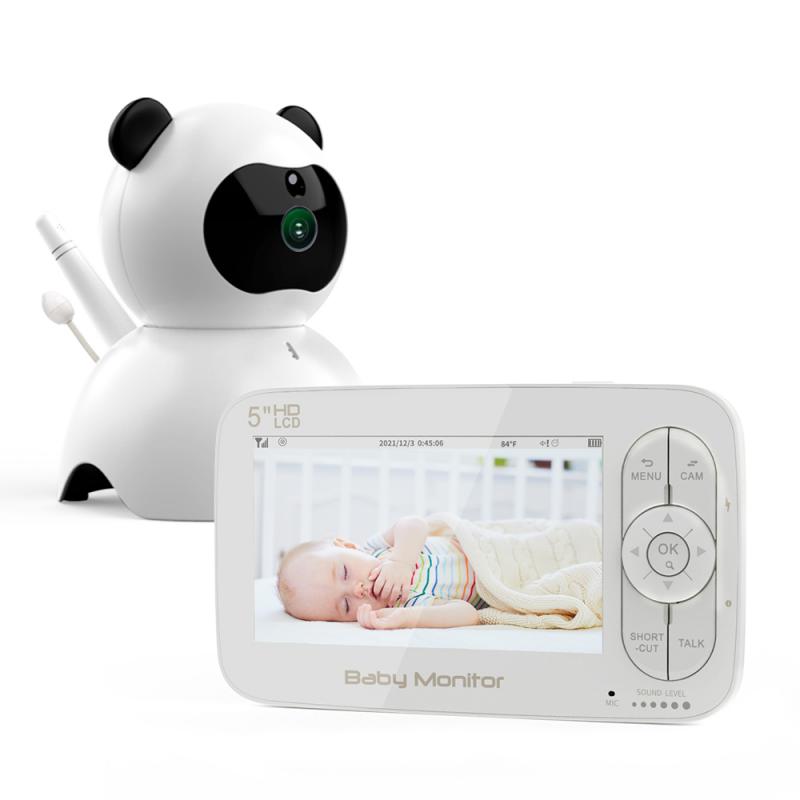
2、 Typical range of baby monitors: Understanding limitations and variations.
Typical range of baby monitors: Understanding limitations and variations.
Baby monitors have become an essential tool for parents, providing them with peace of mind and the ability to keep an eye on their little ones from a distance. However, it is important to understand the limitations and variations in the range of baby monitors.
The range of baby monitors can vary significantly depending on various factors such as the type of monitor, the environment, and the technology used. In general, most baby monitors have a range of around 600 to 1,000 feet. This range is usually sufficient for monitoring a baby within a typical home setting.
However, it is important to note that the range can be affected by obstacles such as walls, doors, and interference from other electronic devices. Thick walls or multiple floors can significantly reduce the range of a baby monitor. Additionally, some monitors may experience interference from other devices operating on the same frequency, such as cordless phones or Wi-Fi routers.
To overcome these limitations, manufacturers have introduced advanced technologies in baby monitors. For example, some monitors now use DECT (Digital Enhanced Cordless Telecommunications) technology, which provides a more reliable and secure connection with a longer range. DECT monitors can have a range of up to 1,500 feet, allowing parents to monitor their baby even from a greater distance.
It is also worth mentioning that the latest advancements in baby monitor technology include Wi-Fi enabled monitors that can be accessed through smartphone apps. These monitors can provide unlimited range as long as there is an internet connection available. Parents can check on their baby from anywhere in the world, as long as they have access to the internet.
In conclusion, the typical range of baby monitors is around 600 to 1,000 feet, but this can vary depending on factors such as the type of monitor and the environment. Manufacturers have introduced advanced technologies to overcome limitations and provide longer ranges. The latest advancements include DECT technology and Wi-Fi enabled monitors, offering parents even greater flexibility and peace of mind.
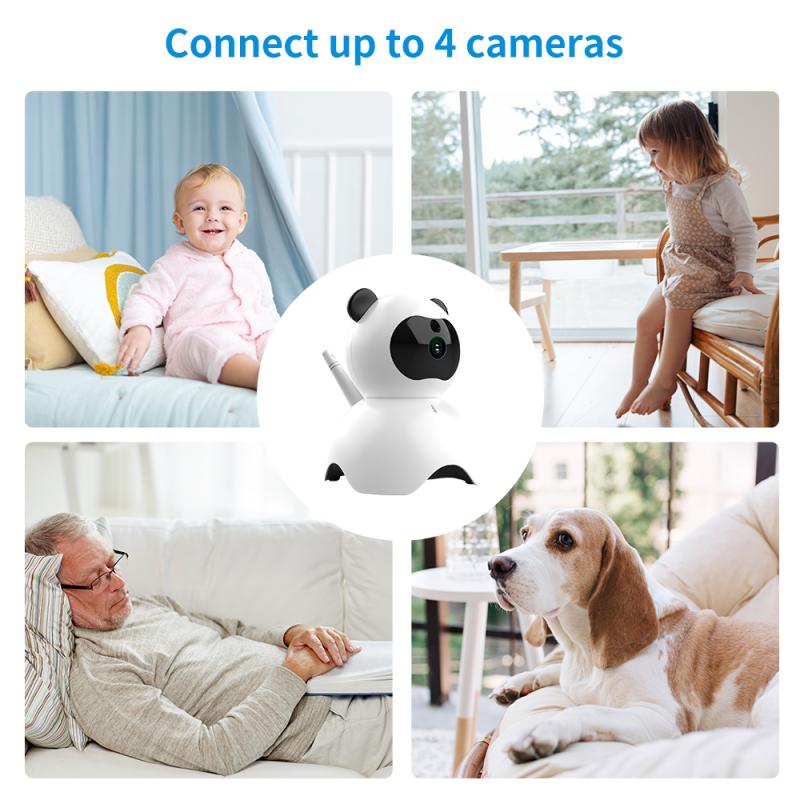
3、 Interference and range: Potential obstacles impacting baby monitor reach.
Baby monitors typically have a range of up to a few hundred feet, depending on the model and the environment in which they are used. However, it is important to note that the actual range can be affected by various factors, including interference and obstacles.
Interference can significantly impact the reach of baby monitors. This interference can come from other electronic devices, such as cordless phones, Wi-Fi routers, or even microwave ovens. These devices operate on similar frequencies as some baby monitors, which can cause signal interference and reduce the range. Additionally, the presence of walls, floors, and other physical barriers can also weaken the signal and limit the range of the baby monitor.
The range of baby monitors can also be affected by the type of technology they use. Traditional analog monitors tend to have a shorter range compared to digital monitors. Digital monitors use frequency-hopping spread spectrum technology, which allows them to automatically switch between different frequencies to avoid interference and maintain a stronger signal. This technology can provide a more reliable and extended range for the baby monitor.
It is worth mentioning that manufacturers are constantly improving the technology used in baby monitors to enhance their range and reduce interference. Some newer models now offer extended ranges of up to 1,000 feet or more, allowing parents to monitor their babies from a greater distance. These monitors often utilize advanced wireless technologies and have stronger antennas to improve signal strength and range.
In conclusion, the range of baby monitors can vary depending on the model and the environment. Interference from other electronic devices and physical obstacles can impact the reach of the monitor. However, advancements in technology have led to the development of baby monitors with extended ranges, providing parents with more flexibility and peace of mind.
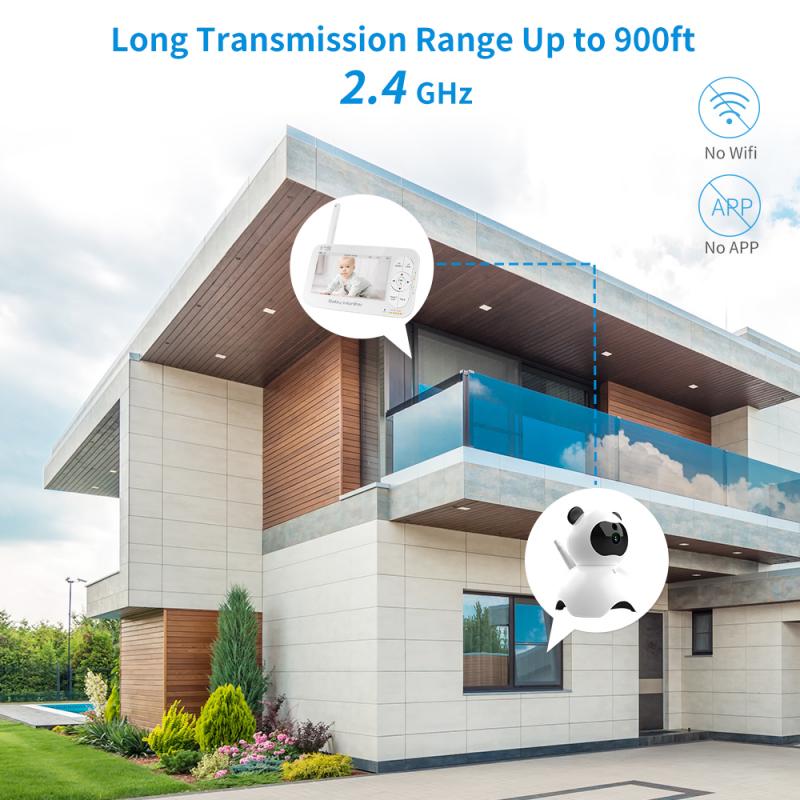
4、 Signal strength and range: Maximizing coverage for optimal monitoring.
Signal strength and range are important factors to consider when using baby monitors for optimal monitoring. The range of a baby monitor refers to the maximum distance between the transmitter (placed in the baby's room) and the receiver (carried by the parent or caregiver). The signal strength determines how well the audio and video signals are transmitted and received within that range.
The range of baby monitors can vary depending on several factors, including the type of monitor, the environment, and any potential interference. In general, most baby monitors have a range of around 600 to 1,000 feet. However, it is important to note that this range is often affected by obstacles such as walls, floors, and other electronic devices. Thick walls or multiple floors can significantly reduce the range of the monitor.
To maximize coverage and ensure optimal monitoring, it is recommended to place the baby monitor in a central location within the baby's room. This can help minimize any potential interference and improve signal strength. Additionally, choosing a monitor with a higher frequency range can also help improve signal strength and range.
In recent years, advancements in technology have led to the development of baby monitors with enhanced signal strength and range. Some monitors now use digital technology, which provides a more reliable and secure connection. These monitors often have a longer range and better signal quality compared to older analog models.
It is important to keep in mind that while baby monitors can provide peace of mind for parents and caregivers, they should not be relied upon as a substitute for direct supervision. Regularly checking on the baby in person is still necessary to ensure their safety and well-being.



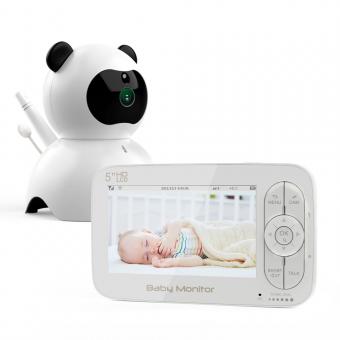
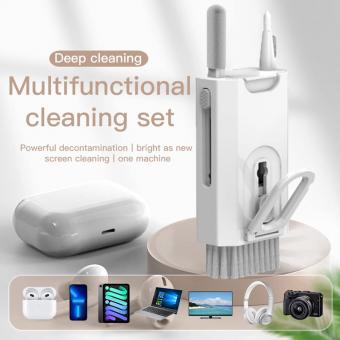





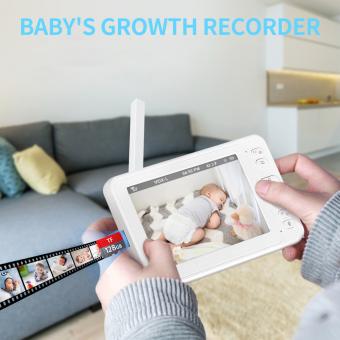
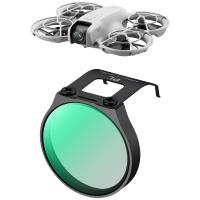


![Carbon Monoxide Detectors Portable Temperature Detector/Humidity Sensor/Air Quality Meter Smoke CO Gas Monitor [3 in 1] Alarm Carbon Monoxide Detectors Portable Temperature Detector/Humidity Sensor/Air Quality Meter Smoke CO Gas Monitor [3 in 1] Alarm](https://img.kentfaith.de/cache/catalog/products/de/GW40.0007/GW40.0007-1-200x200.jpg)
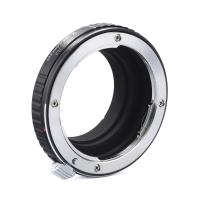



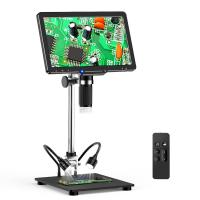
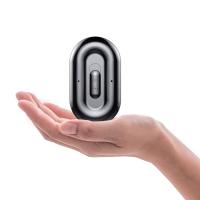
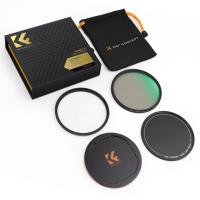
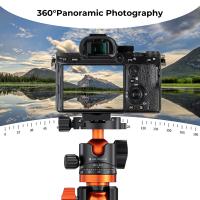

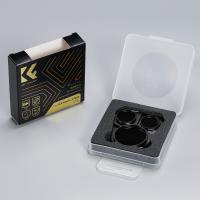




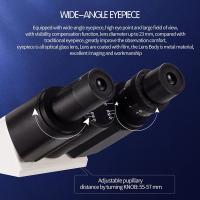

There are no comments for this blog.